Review: L.E.V. Festival 2018
Rumour has it that General Franco commissioned the Universidad Laboral de Gijón building in order […]
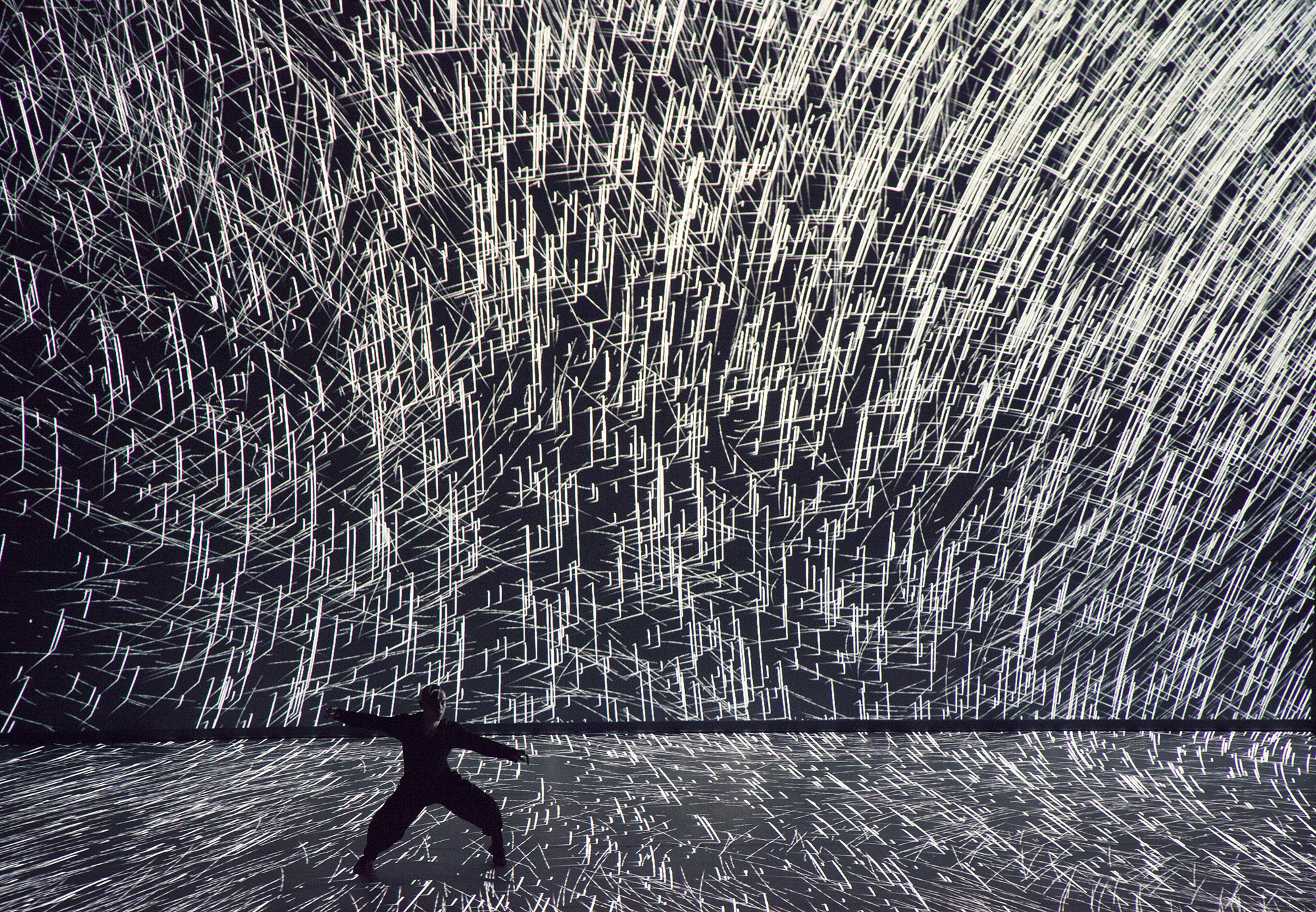
Rumour has it that General Franco commissioned the Universidad Laboral de Gijón building in order to indoctrinate the people of Asturias, a region of northwest Spain. It was supposedly intended to educate the orphans of local miners who worked nearby, but survivors of that era claim that the dictator noticed a strong left-wing outbreak in the area, and built this megalomaniac, robust work in order to contain it. Today, this building not only messily blends Ionian, Corinthian, Palatial, and Herrerian styles, but is also a center devoted to arts and culture, concepts scarcely appreciated during the dictatorship years. And, for the past 12 years, it has hosted L.E.V Festival, taking place annually on the last weekend of April.
This event, defined by its creators as a “Laboratory of Visual Electronics,” has no match in Spain, and pretty much globally, too. Despite its many years, it has never fallen into the temptation of including mainstream names to improve its results, as has happened with so many festivals, in Spain and otherwise. Every year, the festival gathers a handful of groundbreaking artists, ranging from the artistic and conceptual to the most festive and dancey. It appears a winning formula: once again, all tickets were sold out several weeks in advance.
Another thing that makes this event unique is the acoustic quality of La Laboral Auditorium. Previous editions included such varied acts as Ben Frost’s dazzling session of electronics and Hauschka’s delicate pianolas, and the result is always a crisp, punchy sound that says a lot of the venue’s versatility. Similar things can be said about La Nave, an extension of the University, where the more playful side of the Festival is held after midnight.
On Friday evening, those in attendance were welcomed by Gijón’s famous drizzle. As this is a small-sized festival with a very faithful following, many of them greeted each other, just like every year, eager to resume their sporadic friendships over the next two days. L.E.V’s first session was a perfect statement of its unwavering personality, opening with “Spacetime Helix,” a minimalistic work by Michela Pelusio (Italy): a hanging rope span around to generate helical shapes over the light beam on the floor, all to the sound of syncopated beats.
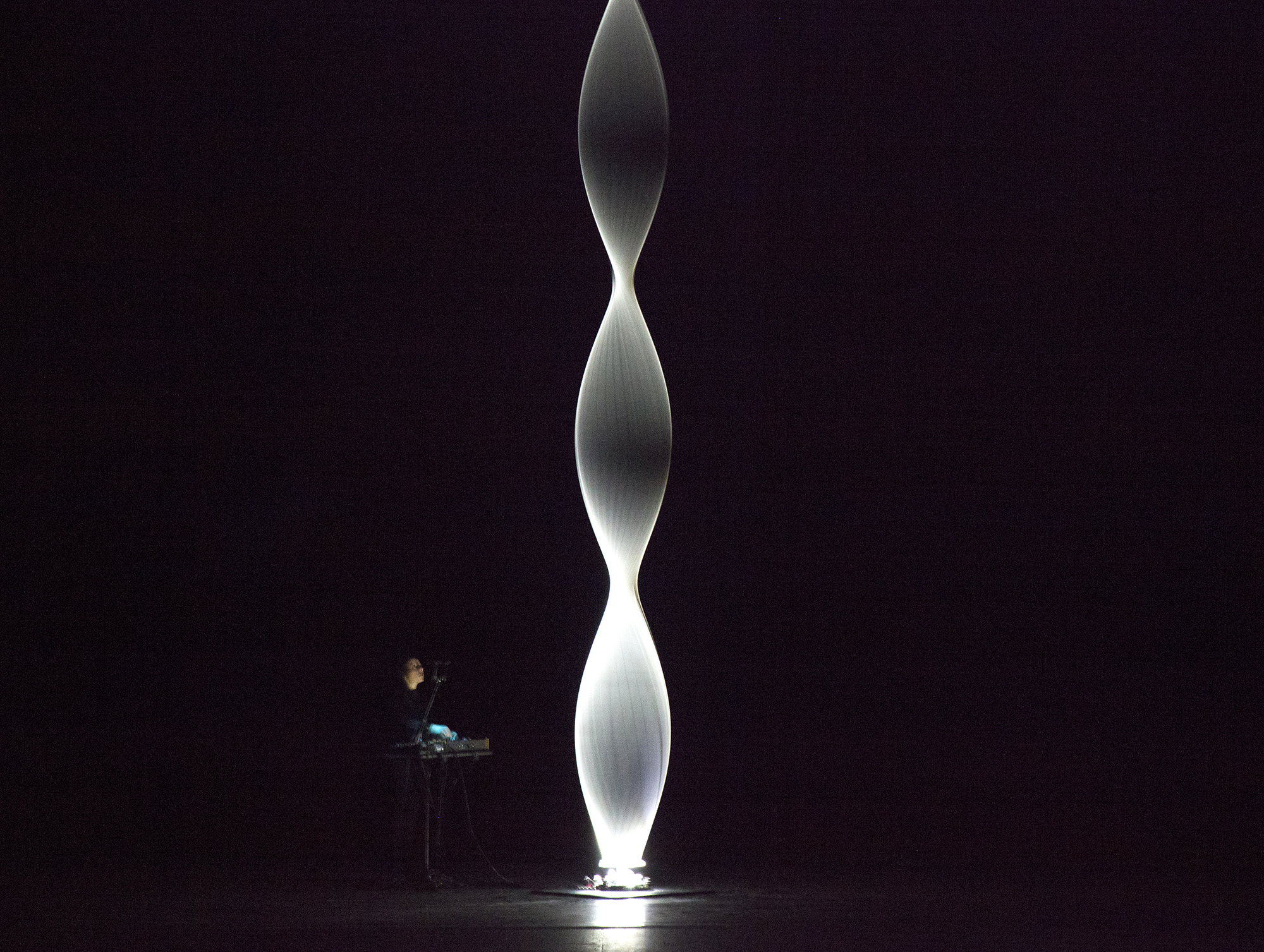
Amazement gave way to a sweet moment brought by Loscil. The Canadian artist played a session of ambient and intoxicating electronic music where new-age soundscapes blended with disturbingly beautiful visual collages of nature, architecture, and day-to-day images. Hiroaki Umeda, who had performed at L.E.V before and was one of the most anticipated artists of this year, closed the first day at the Auditorium. Over electrical spasms, he synchronized his body with abstract images to the sound of wild, minimalistic rhythms that shook the stage. It was the most impressive performance of this edition.
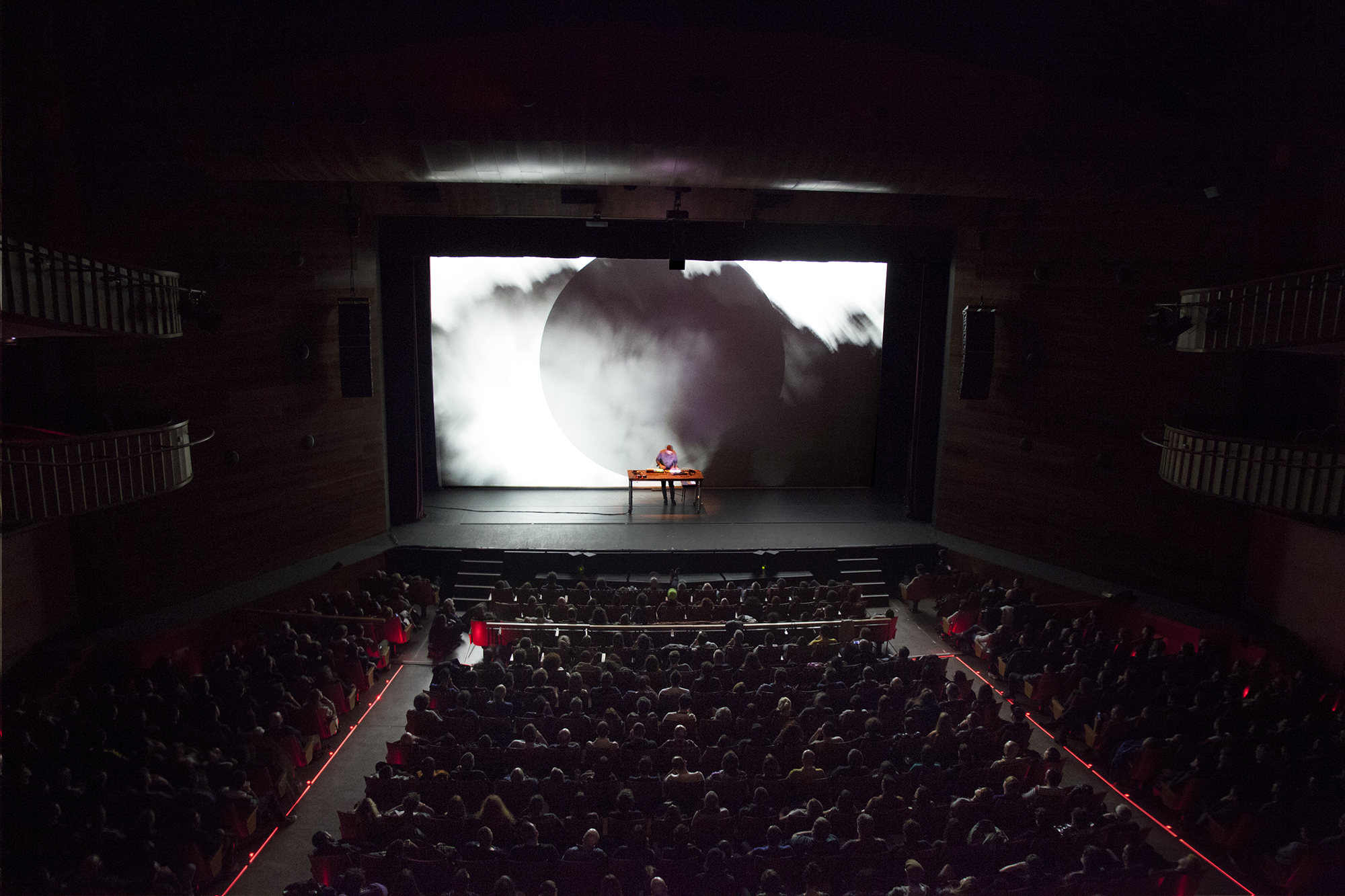
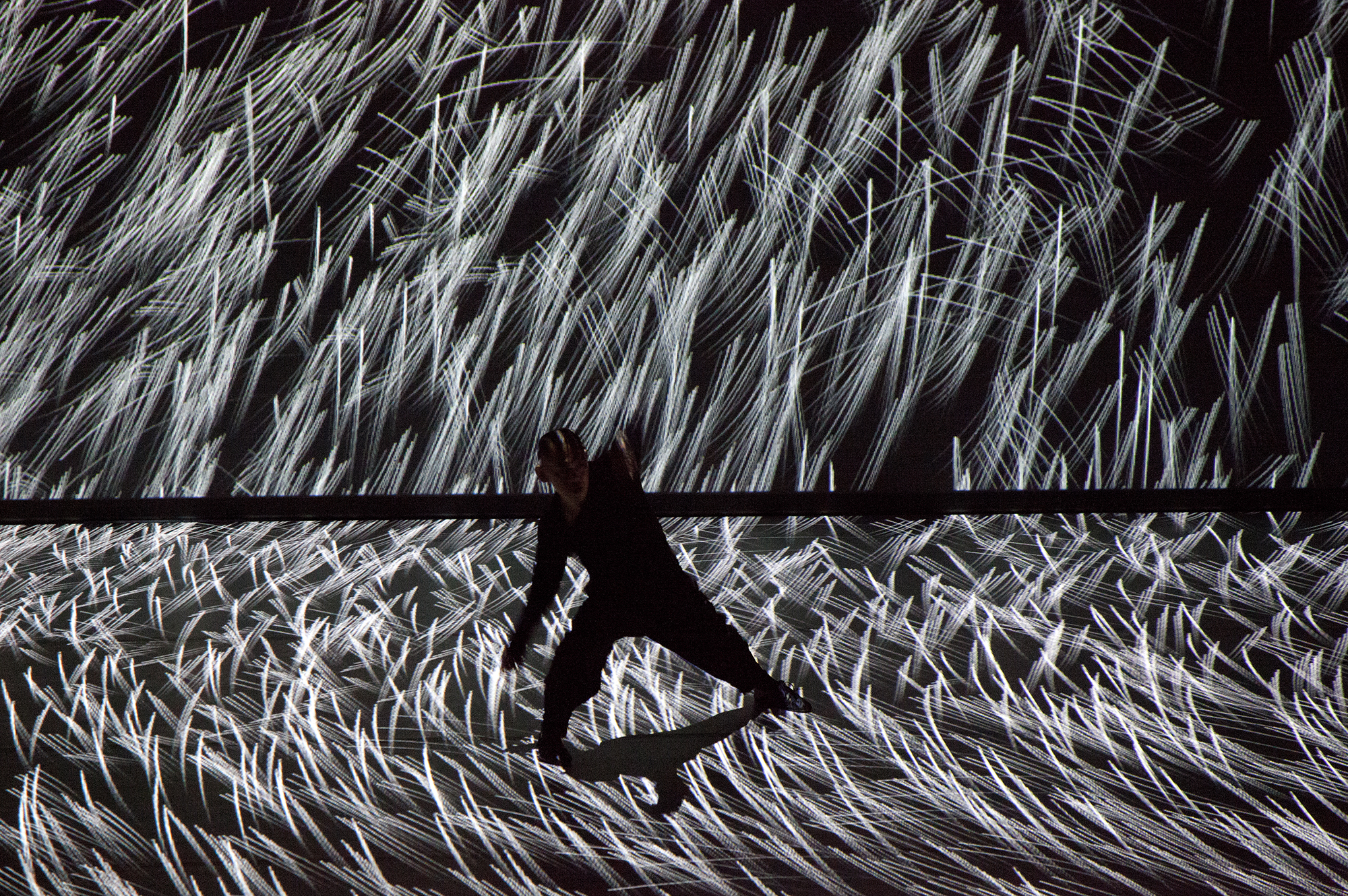
After midnight, the audience moved to La Nave. Electric Indigo (Austria) opened with tuneful electronica and hues of slow techno that can be found on 5 1 1 5 9 3, her latest album, setting the tone for the evening. The follow-up session was performed by SCHNITT (meaning “Cut” in German), a two-piece formed by producers Amelie Duchow and Marco Monfardini. Their combination of immersive visuals and rhythms set them apart from the previous act and excited the audience who were already cramming the space. They were followed by Moritz Simon Geist, or rather his small army or robots, which filled the building with techno (some pieces were written by Mouse on Mars), while the German musician programmed them live. His countryman Atom TM, who also played the following day, raised energy levels with some uncompromising techno, and rolled out the red carpet for the closing act, Mark Stewart (UK), who concocted an open-minded combination of techno, IDM, and house. The accompanying visuals by artist Jimmy Lakatos illuminated the jubilant faces of the audience, who could not stop dancing.
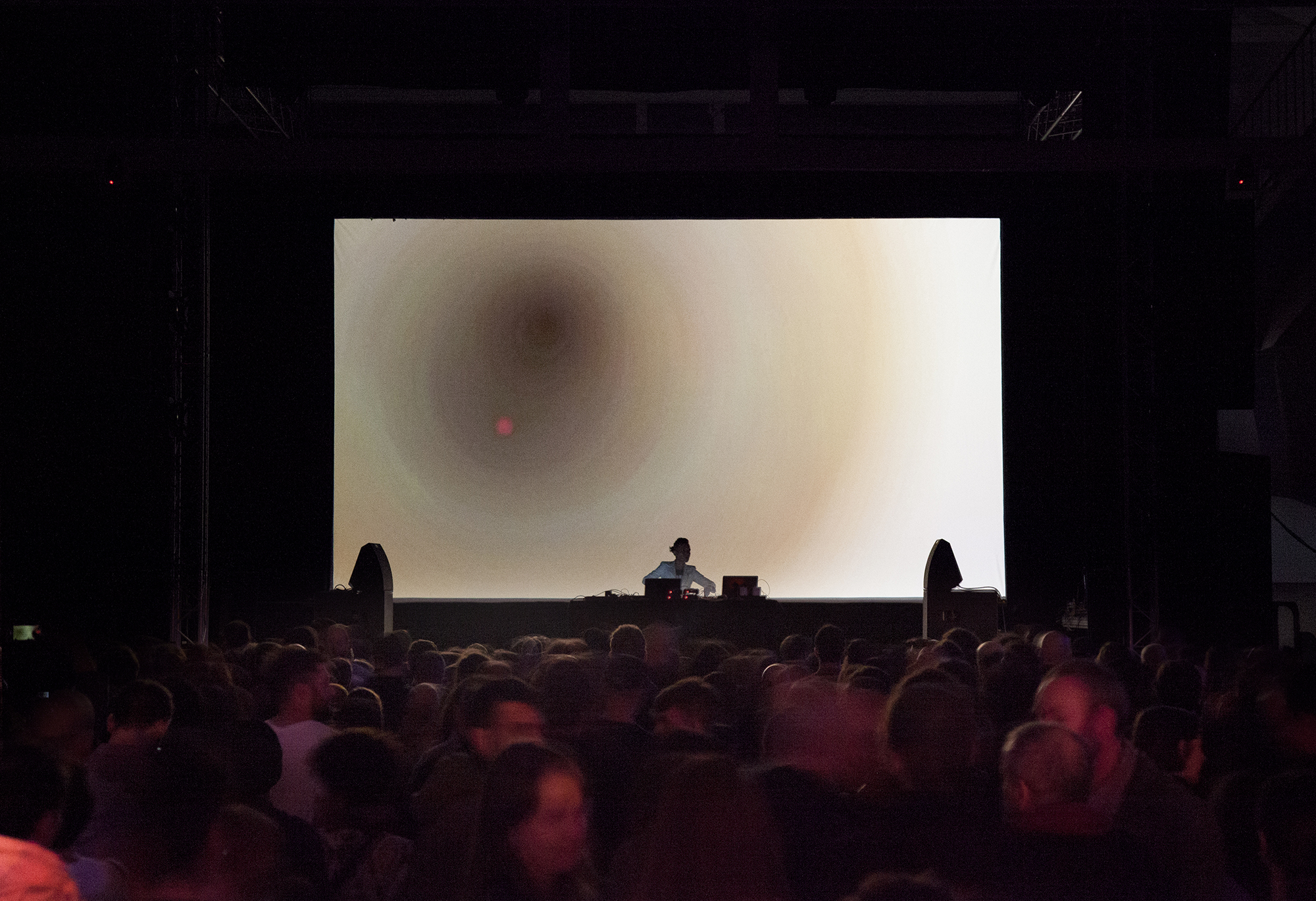
LEV Festival’s second day started in the Auditorium with a theatrical show by Martin Messier & Yro. The former had amazed the audience with his previous appearances at the festival, composing music onstage with an orchestra of synchronized sewing machines, or creating electric discharges out of huge sheets of metal. This time he shared the stage with Yro to present “ASHES,” a work born out of a fatal event: the studio where they were creating their show was destroyed by a fire, and they lost a lot of material. The resulting ashes, under the lenses of powerful microscopes created by the artists themselves, were projected onto a giant screen while synthetic sounds filled the room.
Zan Lyons (UK) followed. He projected an abstract movie made with vintage lenses about a young girl, reminiscent of video artist Bill Viola’s work, while playing baroque electronic music which immersed the audience into a state of weightlessness. Maybe that is why the next act felt like a resounding slap: “Rabit Collective,” led by Cecilia (Canada), reinterpreted Baudelaire’s “The Flowers of Evil” book in a personal fashion, through a harsh performance brimming with painful images, while the artist recited passages over uncomfortable soundscapes (the samplings of a baby crying made everybody squirm in their seats, and some even left the venue.) It was perhaps too much intensity.
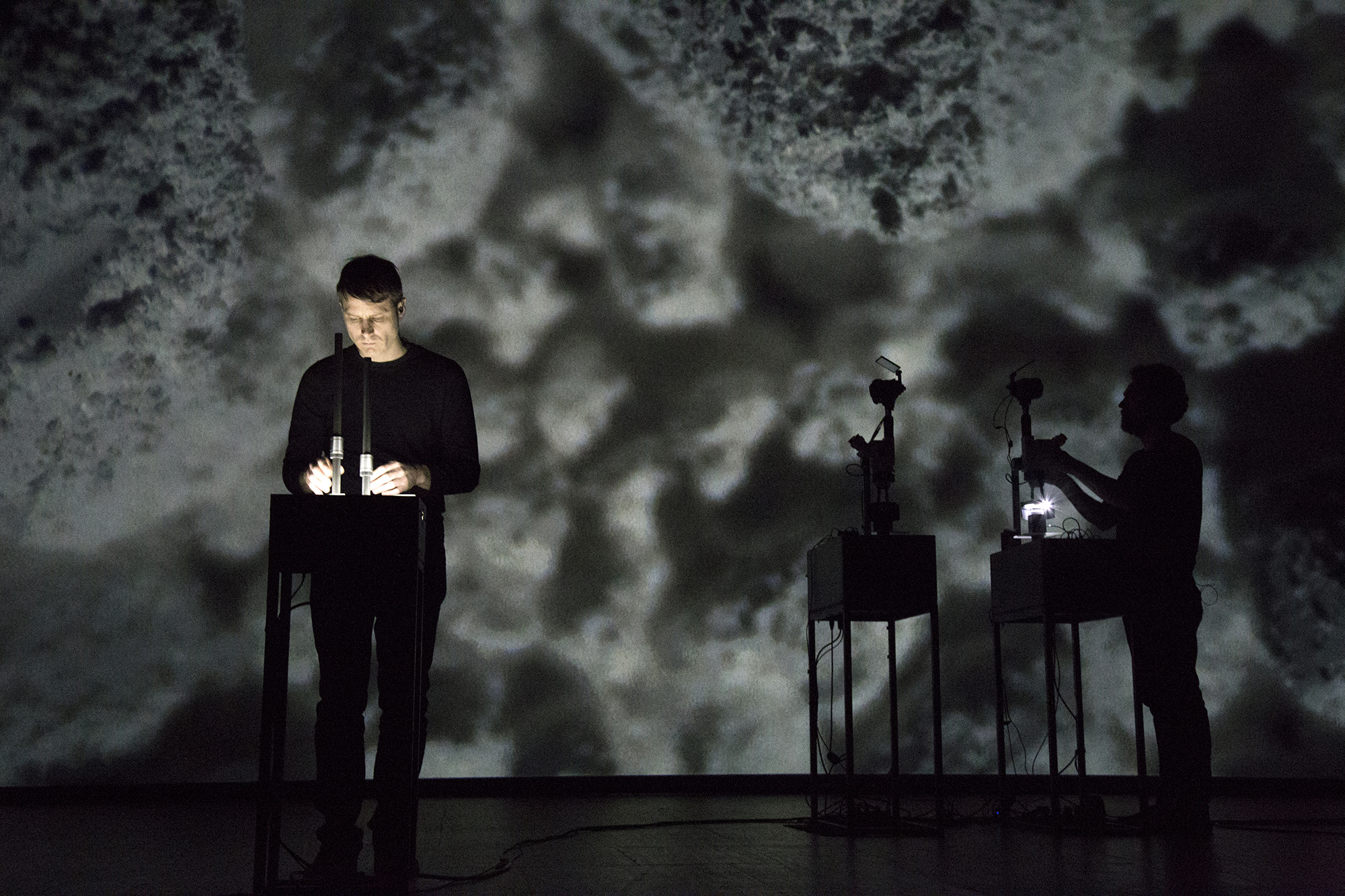
Later, at La Nave, there was something perfect to ease minds and limbs. French outfit Zombie Zombie, with a set of drums and other analogical instruments combined with samplers and synthesizers, played Livity, their new album. Uge Pañeda (Spain), under the moniker OKKRE, was the following act, toning down the euphoria with walls of ambiance, plus some occasional flashes of obsessive techno, making sure the audience didn’t forget that they were there to dance. Jeff McIlwain (a.k.a Lusine) (USA) came afterward, in the nick of time: a last-minute flight delay meant he missed his connection in Madrid, so he had to travel the last 500 kilometers by car. Upon arrival, he played his latest work Sensorimotor, turning his show in an orgy of melodic IDM that, at times, verged on pop music. While there were some slower numbers, most of his set was formed by sharp, punchy tracks. Atom TM then played again, following his show the day before, again treating us with a barrage of techno bangers, but even more direct this time. But the highlight of the German spirit of the night was the closing act: Schwefelgelb, who delivered industrial electro while shouting through a microphone loaded with reverb and delay.
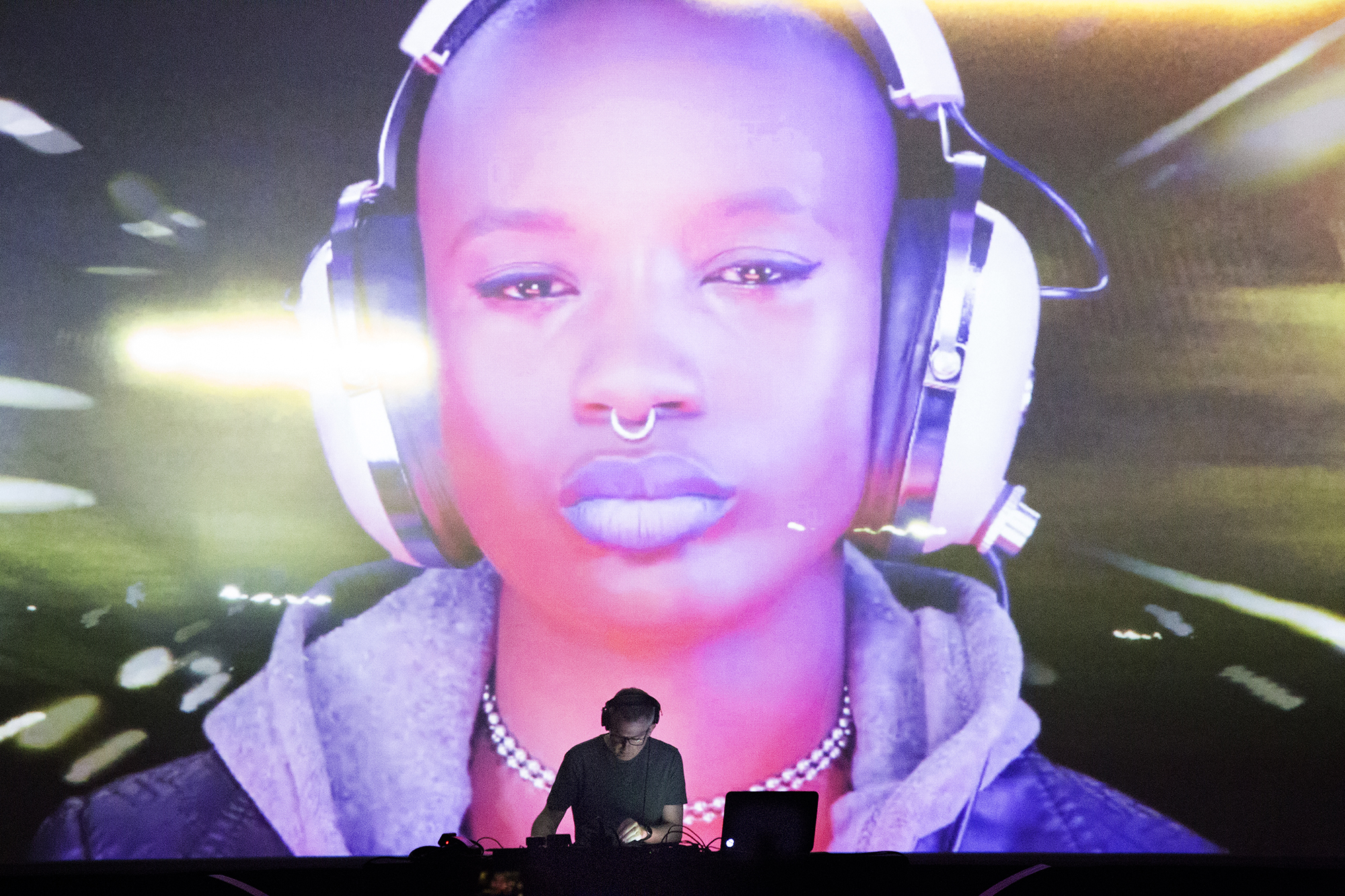
The following day’s shows, attended by a varied audience, took place at Gijón’s Botanic Garden, and worked as a juice to cleanse toxins after a frantic weekend. Lucrecia Dalt (Colombia) soothed everyone with her monotonal phrasing and slow beats. The follow-up, Jessica Moss (Canada) caressed our eardrums with the sheer beauty of her violin melodies, combined with a looper pedal to create soundscapes as bucolic as the space chosen for her performance. It is hard to think of a sweeter end for this edition of L.E.V Festival.
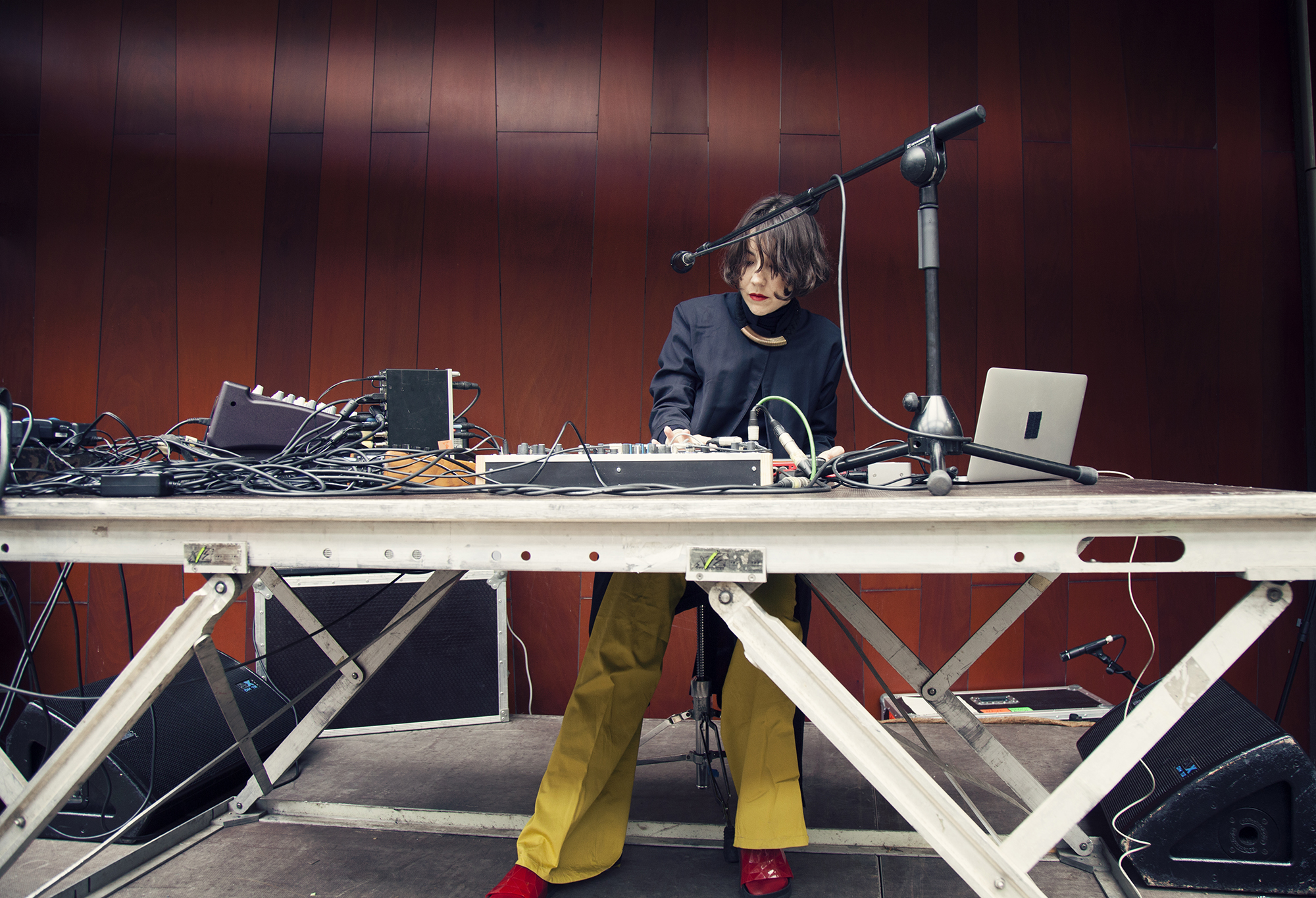
There’s no questioning that L.E.V has reached its peak in terms of maturity, as demonstrated by its fine programming. This year was more brilliant than ever, with a lineup that balanced the most artistic, dense, and conceptual performances with the most festive and nocturnal face of electronic music, without ever being predictable. Standards have been set very high, so we can only ask ourselves: what will the organizers do next year to keep it?
This year’s edition took place from April 26 to 29 in Gijon, Spain.
See the gallery below for more photos.

